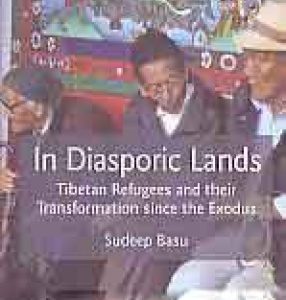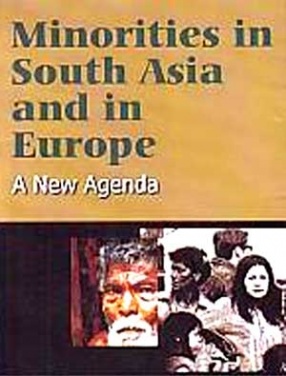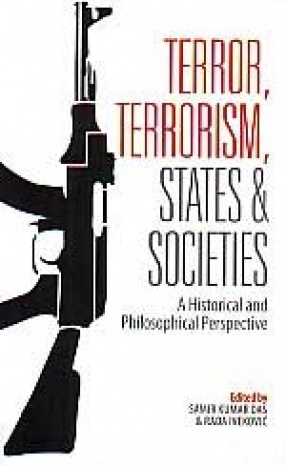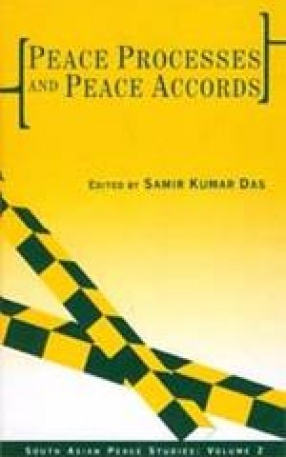
Samir Kumar Das

Showing all 7 books



A large number of Tibetans migrated to India following the Chinese occupation of Tibet in 1950. Till the end of the twentieth century, Tibetan studies focused primarily on Buddhism and pre-1950s Tibetan history in relation to Tibetan exiles, influenced largely by Western notions of Tibetan culture in an exotic ‘Shangri-La’. In Diasporic Lands moves away from this norm to study the dynamics of Tibetan refugees’ emergent culture in the midst of ...

Violence is usually located outside the democratic domain. Its recurrence is understood as a direct threat to democracy. Democracies are called upon to "manage", "tackle", or "deal with" it, not necessarily through democratic means. Today, democracy is sought to be 'exported' across continents by waging war on countries that, according to the exporting countries of the West, are yet to become democratic.
This book contests and ...



Recent decades have witnessed an enormous increase in the number of Internally Displaced People (IDPs) in South Asia. These are people who have been forcibly displaced due to violence, war, natural disasters or development projects. The vulnerability of IDPs is compounded because, unlike refugees, they are confined to the state within which they were forced to migrate, and do not get the international legal protection that international refugee laws provide for ...

The first volume in the South Asian Peace Studies series had advanced a general understanding of the nature of peace as a political problematic. This volume, the second, continues with the inquiry, looking at the political question of peace from three perspectives: the process of peace; the contentious issues involved in the peace process; and the ideologies that come in conflict in this process. Arguing that peace is not a one-time event to be achieved and ...

This book is a comprehensive study on India's north east where violence, development and natural disasters that lead to eviction and displacement of 'citizens' within a country produce more Internally Displaced Persons (IDPs) than refugees. Dwelling upon this debate, the book discusses the two major sources of displacement, conflict and development, and presents a compendium of case studies drawn from Arunachal Pradesh, Assam, Manipur and Tripura--the four ...
